1) The place where you can experience:
(Kura-Machi):
Kawagoe city is located in about 45km north-west from Tokyo station by 1 hour train riding.
Recently, many foreigners are visiting this area to feel Japanese traditional atmosphere such as streets with many Kura Storehouses, ancient castle, Shrines and so-on.

In Edo era (1603-1868), Kawagoe feudal clan was regarded as the defense place located north from Edo capital. Therefore, the leading feudal loads were assigned for the clan. After the big fire occurred in 1638 by which 1/3 of castle town was burned out, the feudal load at that time-frame executed to re-arrange and constructed the castle town including Kawagoe castle and Shingashigawa-river.
After that, Kawagoe had begun to expand as the stopping point of distribution by which the local Kawagoe crops and special products were transferred to Edo (capital of Japan at that timeframe). On the other hand, the latest culture was transferred from Edo to Kawagoe. That is why Kawagoe has been called as “Koedo/ small Edo”.
However, Kawagoe big fire occurred again in 1897 and almost all of the center town of Kawagoe had burned out. Then, Merchants in Kawagoe town had tried to build the houses whose shape is like Kura as strong durability. Current remaining Kura street atmosphere is the remains of those Merchants efforts.
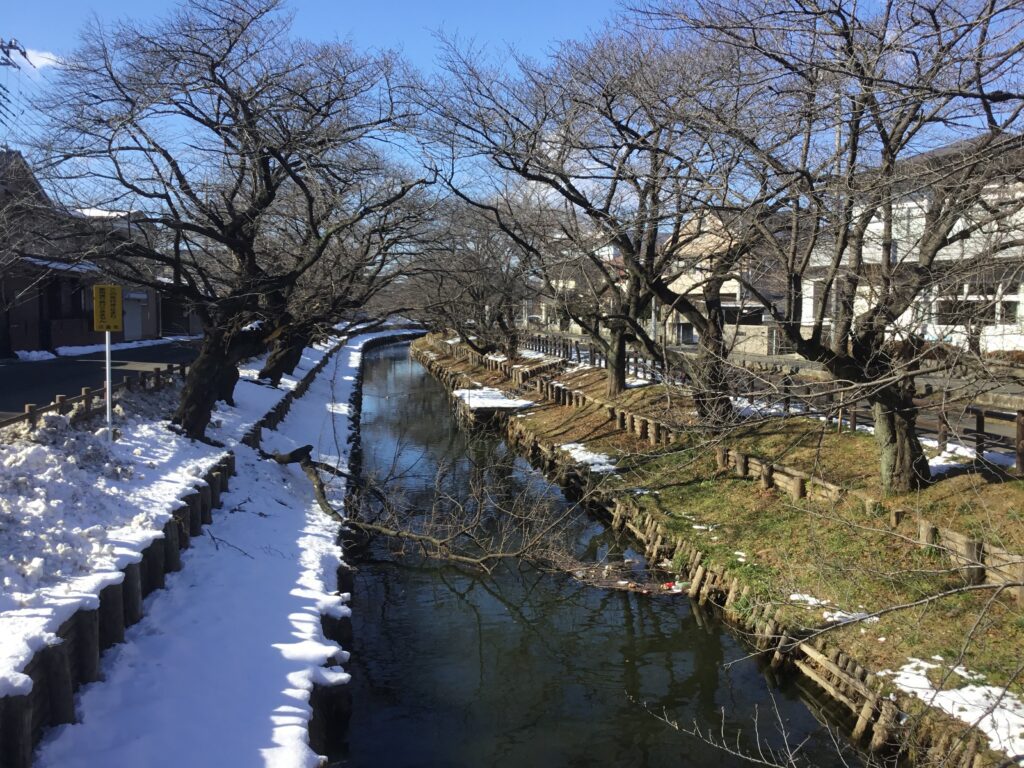
After you get out from the station of Kawagoe, you will at first see the shopping street named Crea mall. It is stretching by around 1km long and that is the most bustling street of Kawagoe city. A lot of people come here every day to enjoy many kinds of gourmet , fashion and shopping through many kinds of stores.
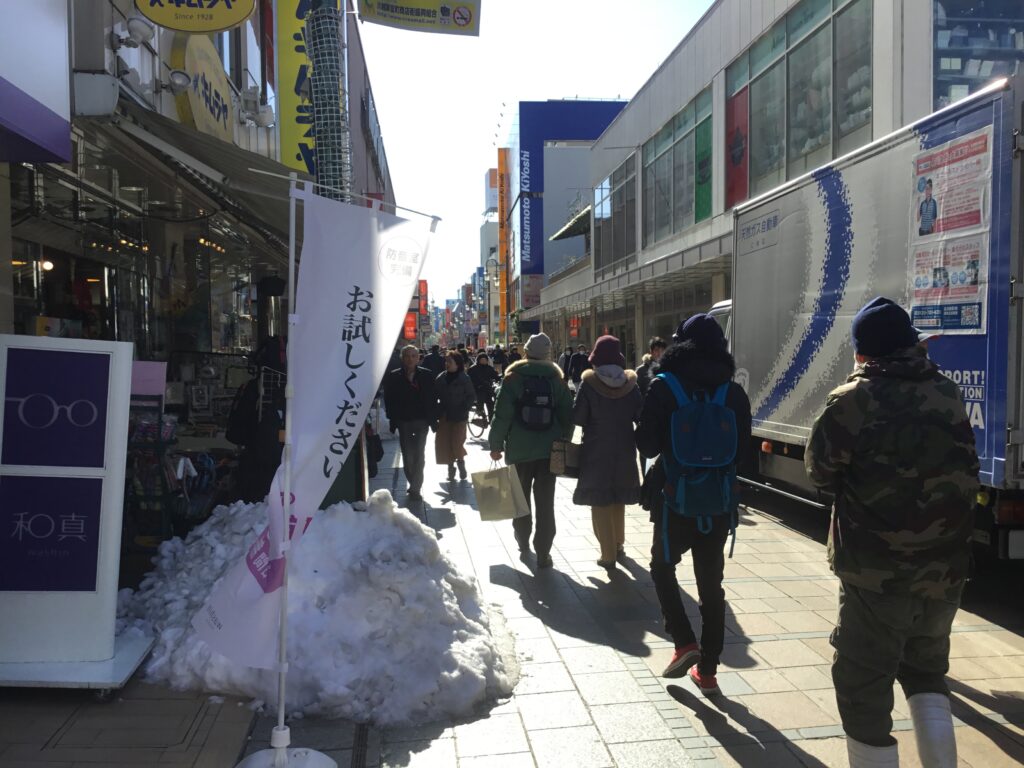
After you walk through Crea Mall of shopping street and Taisho Roman Yume-dori street, you will find Kura store houses street where there are many houses built like a Kura with the walls covered in mud lined in the Kura-machi street which show the atmosphere of Edo Era (1603 ~ 1868).
Those houses have massive scale of opening doors and solid tile roofs which show the spirit of merchants in Edo era.

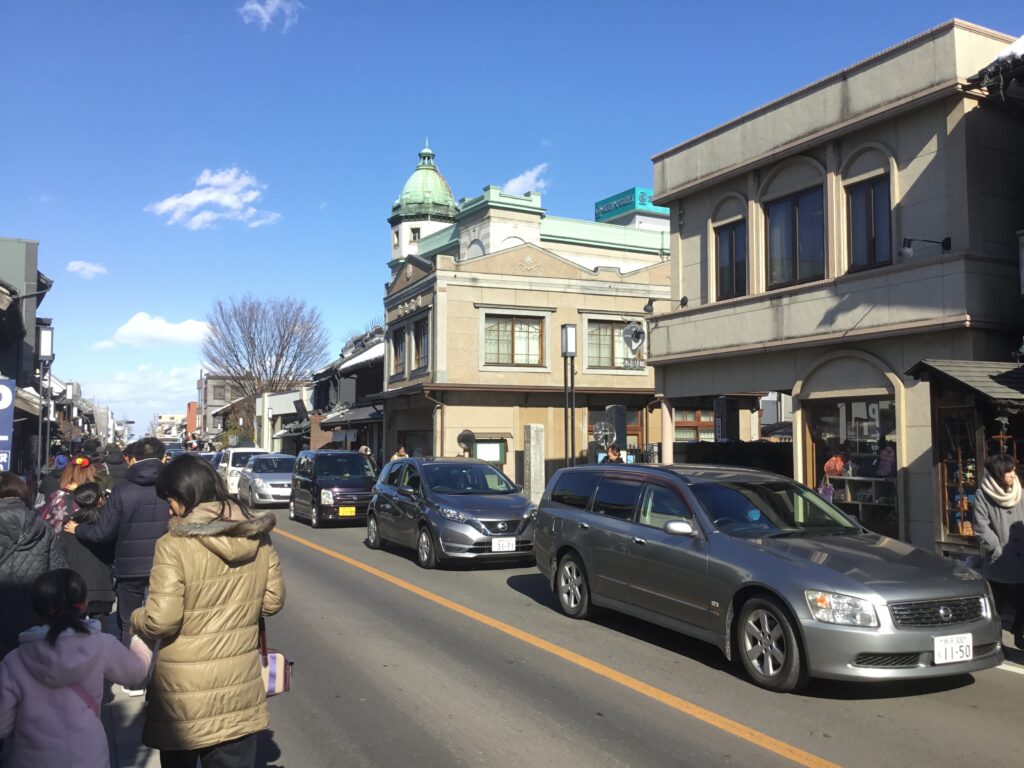
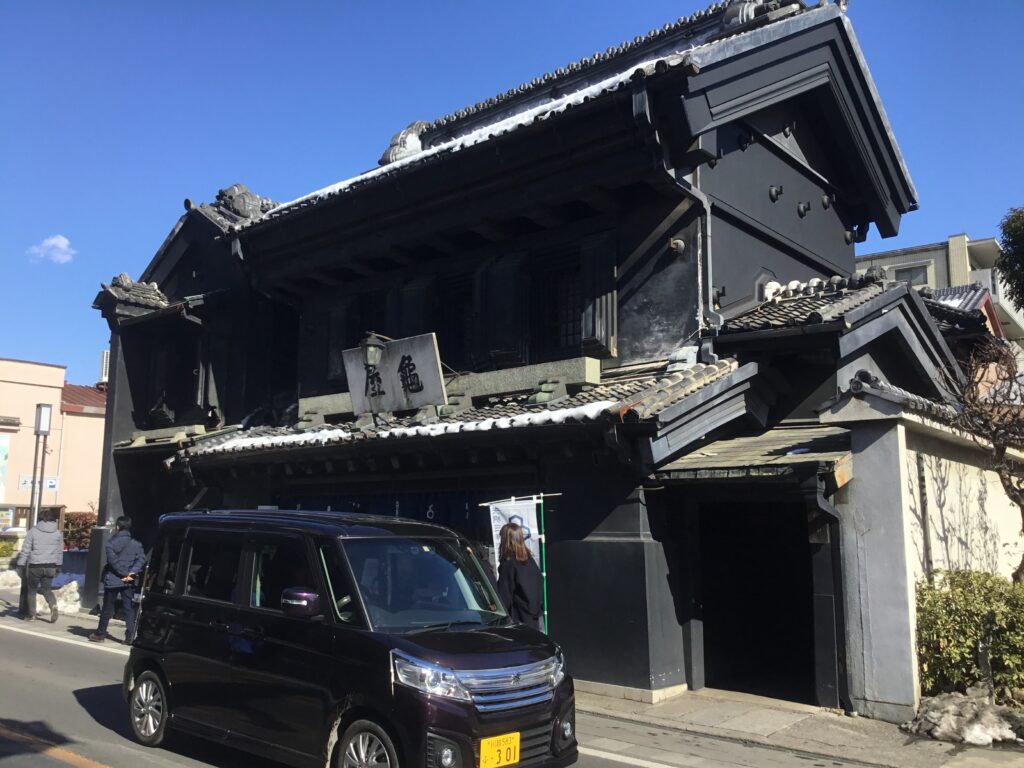
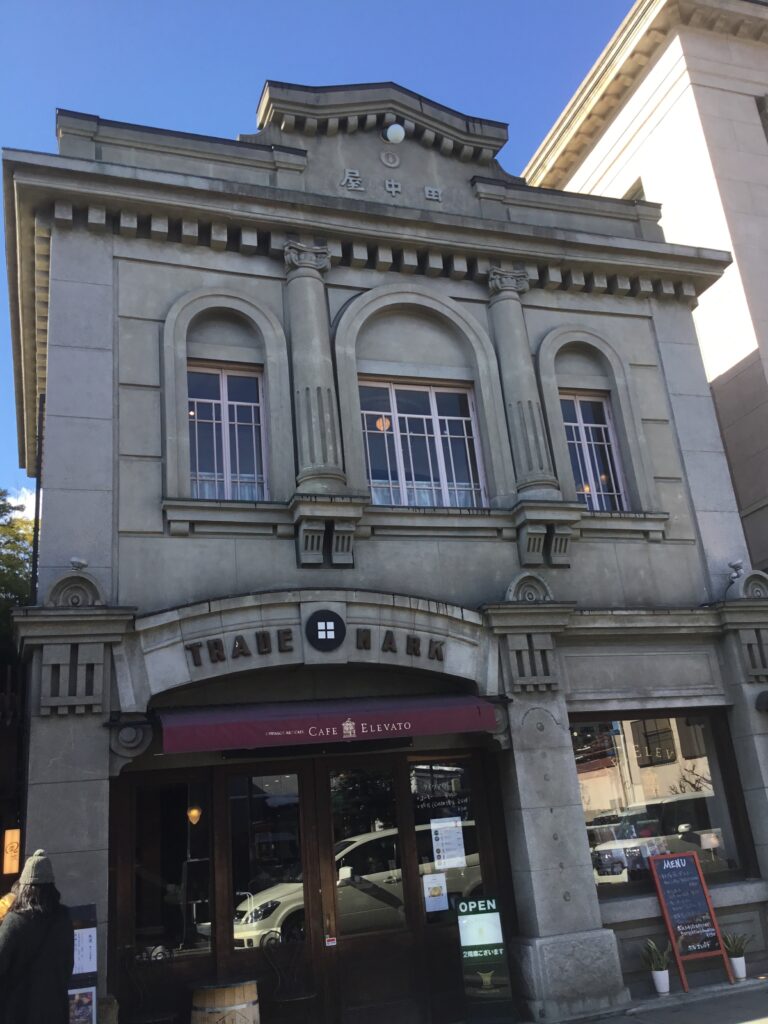
While walking through the street, you will find the symbol of Kawagoe as “Tokinokane/hour bell”. This is said to be built in Edo era by the feudal lord of Kawagoe who is said to be strict punctual load and the bell has still announced the time to Kawagoe citizen.
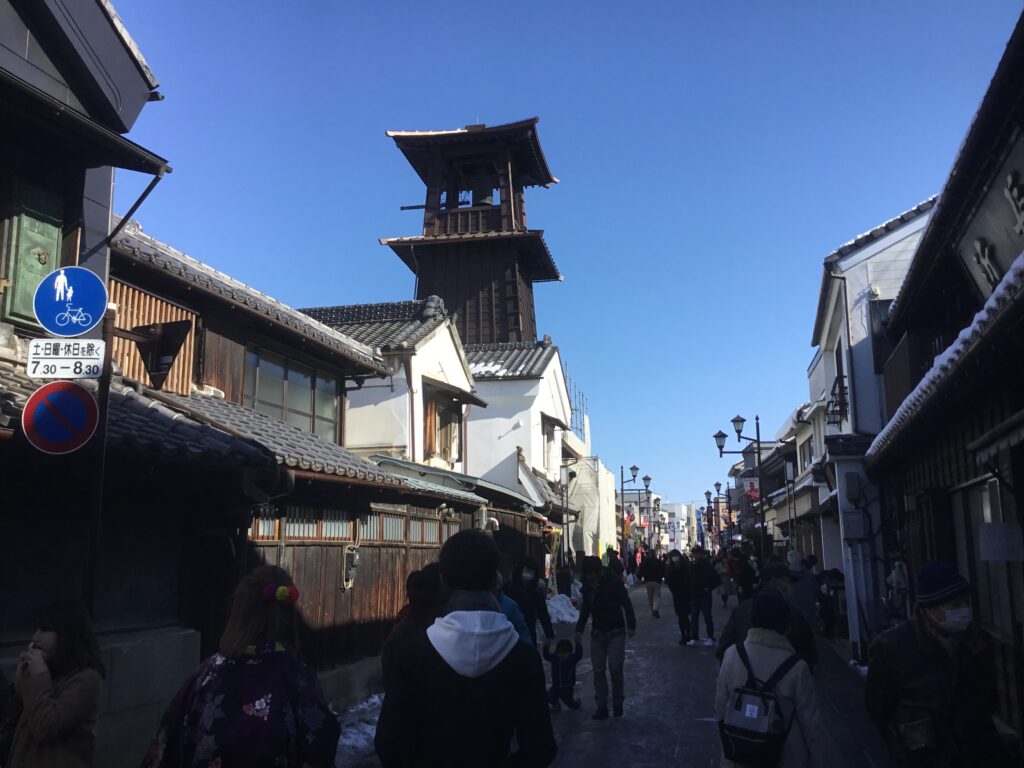

After you go through the Kura-machi street to west by around 10 minutes walking, you will reach Honmaru palace of Kawagoe castle which was built in 1848 by the feudal load at that time and a part of the palace has been remained as it was. This Honmaru palace is the only remains in the east of Japan. By entering the gorgeous large entrance, you will find a long corridor stretching right and left and many Japanese style hall welcome you which were prepared for each roles of warriors.
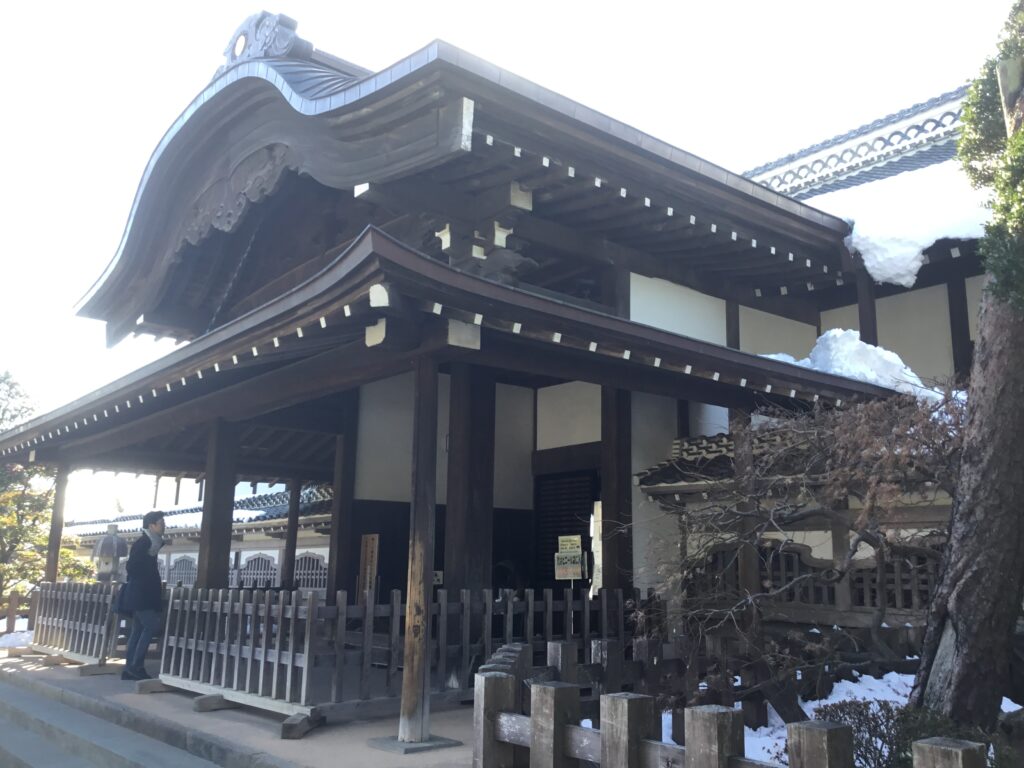
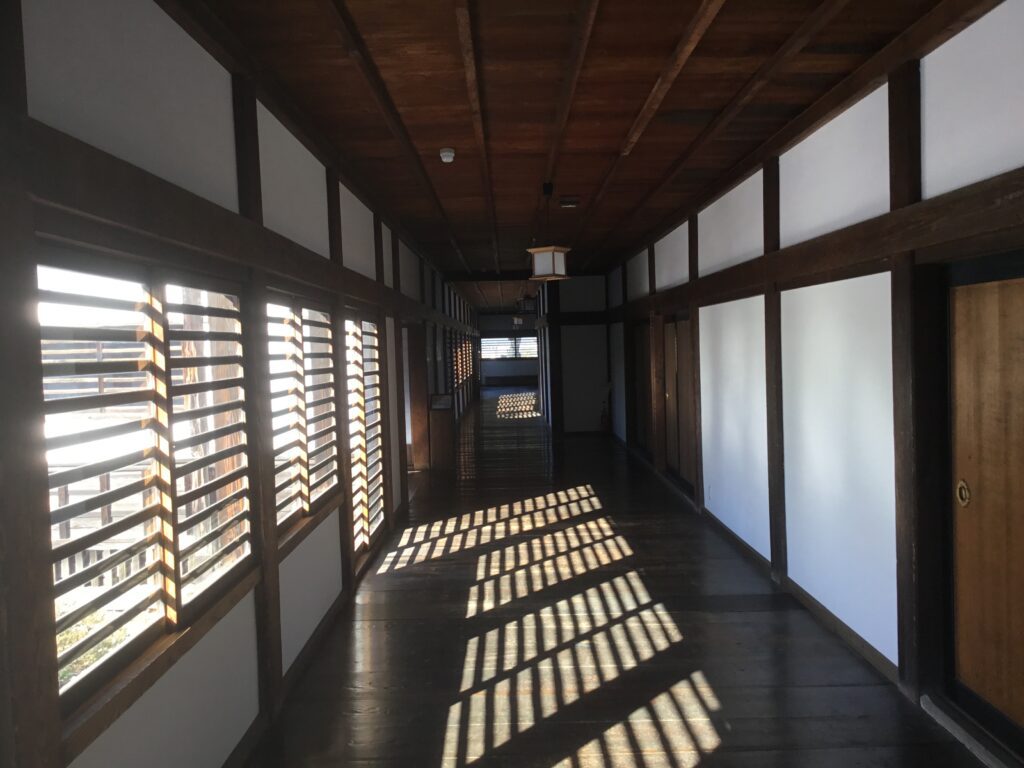
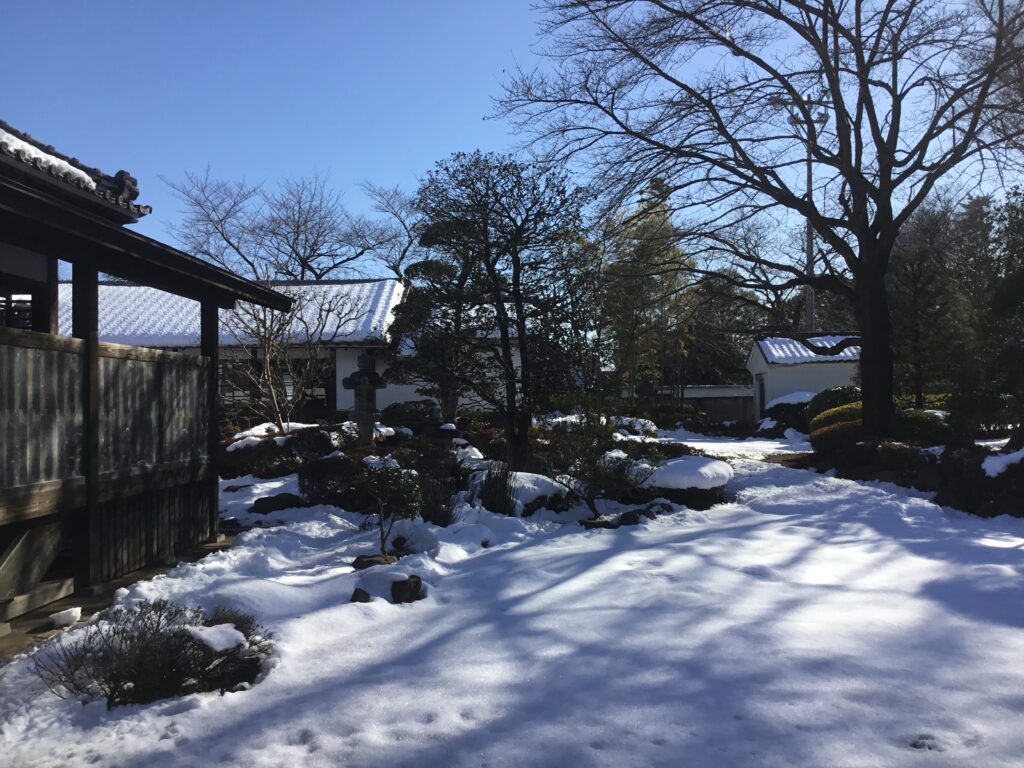
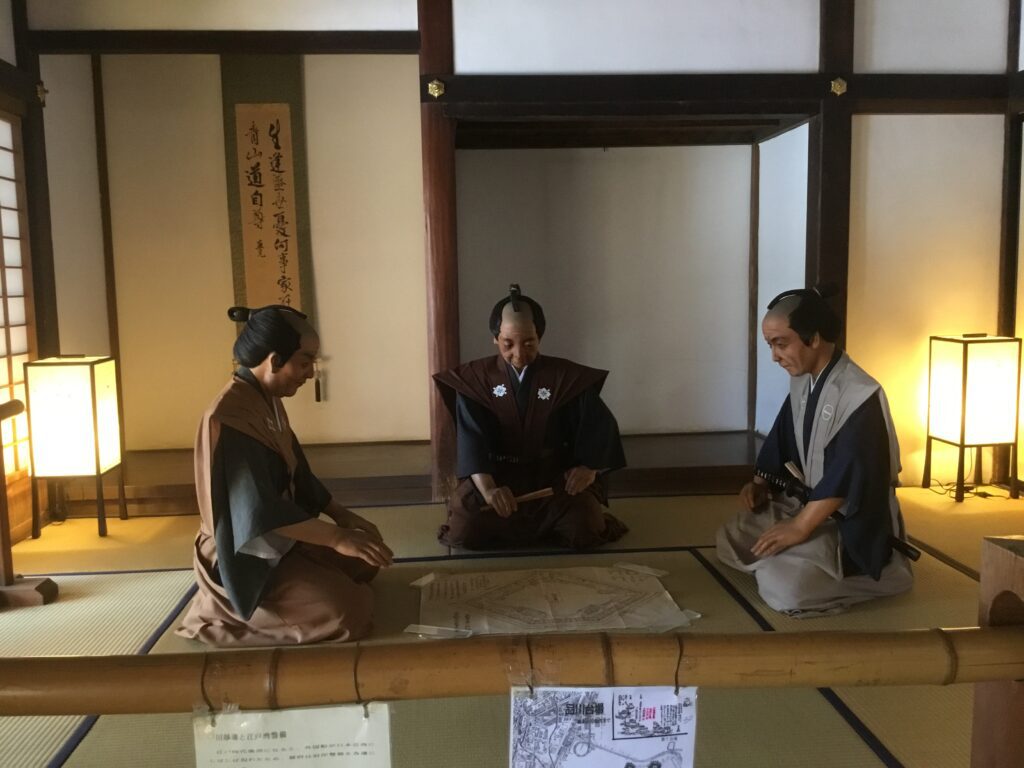
Also, by walking around 5 minutes from the palace, you will reach Hikawa-shrine which is the local Shinto deity of Kawagoe. The deity of this shrine is Ohikawa-sama who has been worshipped and well known from many people. The benefits of this Shrine are said to be matrimonial happiness, family happiness and matchmaking. The sacred tree which has continued to survive for 600 years can bee seen inside the Shrine. You can see lots of Ema on which many worshippers wrote various prayers and wishes for above hopes shown in below photo.
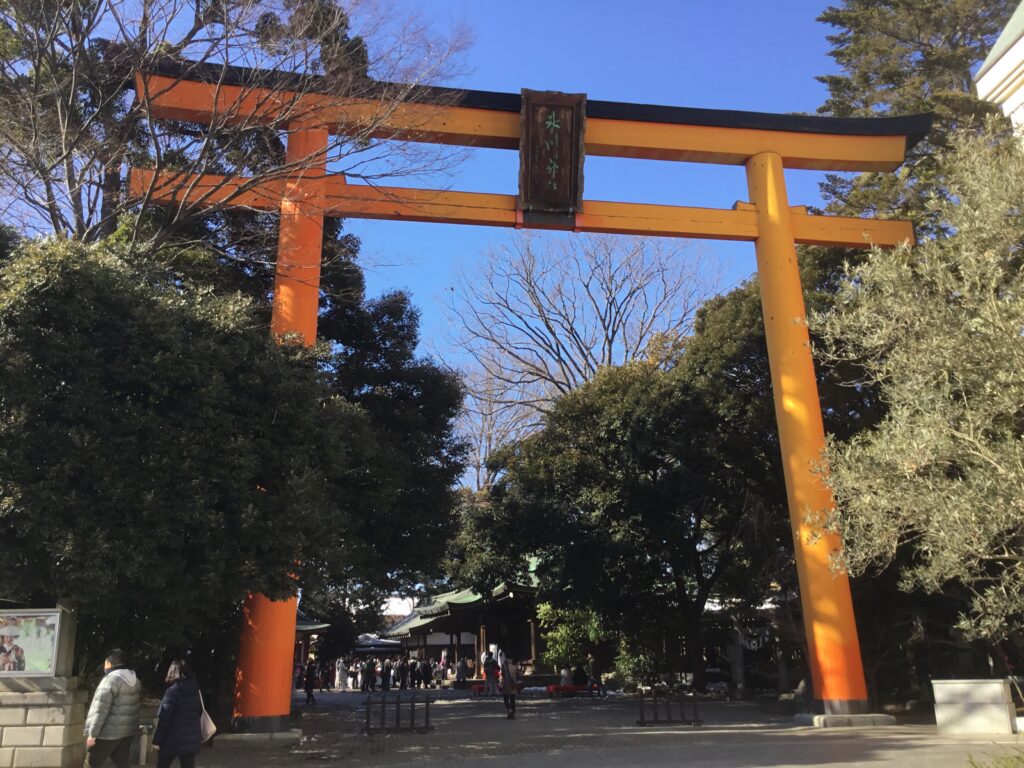

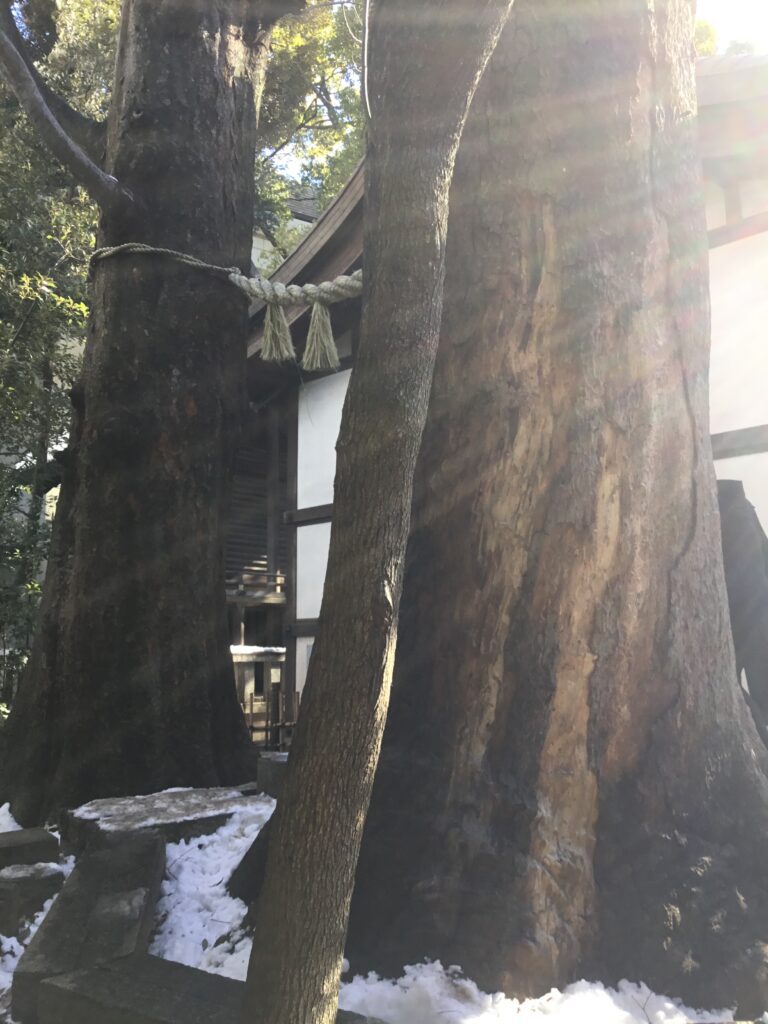
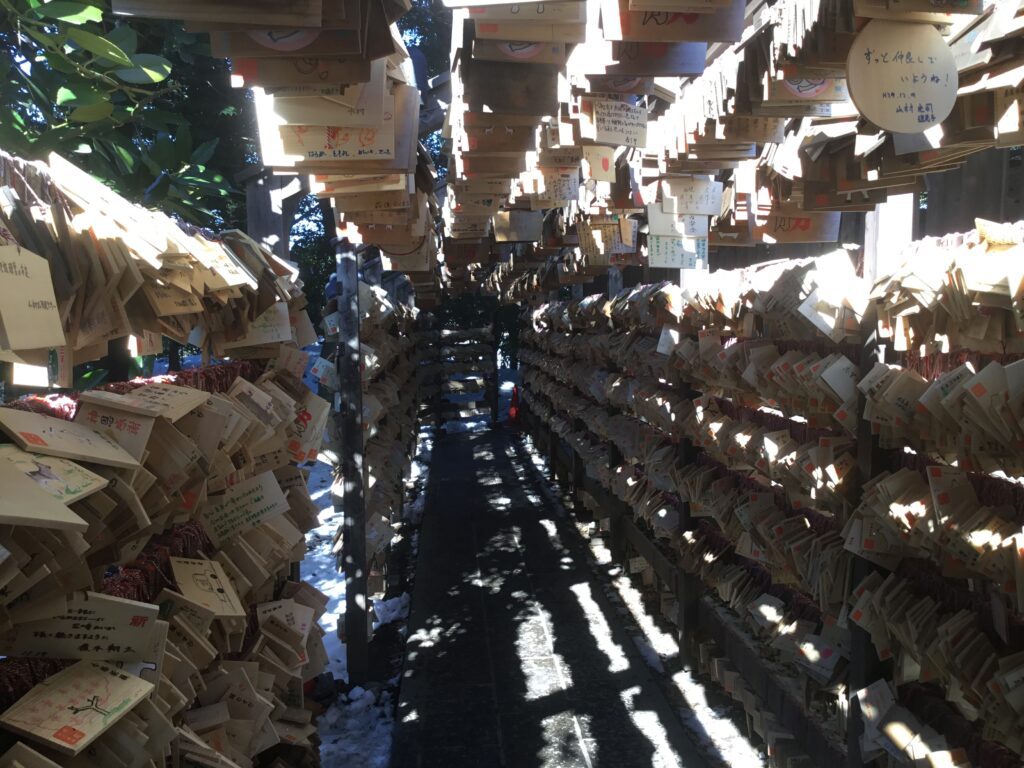
In near the back of Hikawa-shrine, we can find the river named as Shingashigawa which used to be a main artery as flow of goods between Edo and Kawagoe. This river is flowing by surrounding Kawagoe city. In April, you can enjoy Cherry blossoms viewing along the river.

2) The place where you can enjoy:
One of the Japanese traditional culture and symbol which is well known in the world is Bonsai.
The root of Bonsai is from China called Bonkei. It is said that Bonkei appeared in Tang dynasty (China: 618-907).
Landscape painted by two dimension is Shan shui (landscape painting), Landscape created by three dimension is garden and landscape planted into tray is Bonkei. Those Bonkei was transferred to Japan at Heian era (794~1185) by China merchant.
In Kamakura era (1185 ~ 1321), Bonsai had mainly become popular among Japanese Zen priests. Because they had strong power to influence culture in Japan, Bonsai had grown up in both religious aspect and that of pure entertainment.
In Edo era (1600~1867), Bonsai had become very popular in rich common people and they had gathered high quality and rare Bonsai, potted plants and pots with high price.
In this way, Bonsai has gradually become an elegant art which can be seen by many people recently.
Even Bonsai originally was imported from China named Bonkei, current technology of Bonsai planting in Japan has been originally developed and transferred by Japanese craftsmanship skill.
(Omiya Bonsai museum):
Omiya Bonsai museum is one of the most famous Bonsai museum in Japan located in Saitama prefecture.
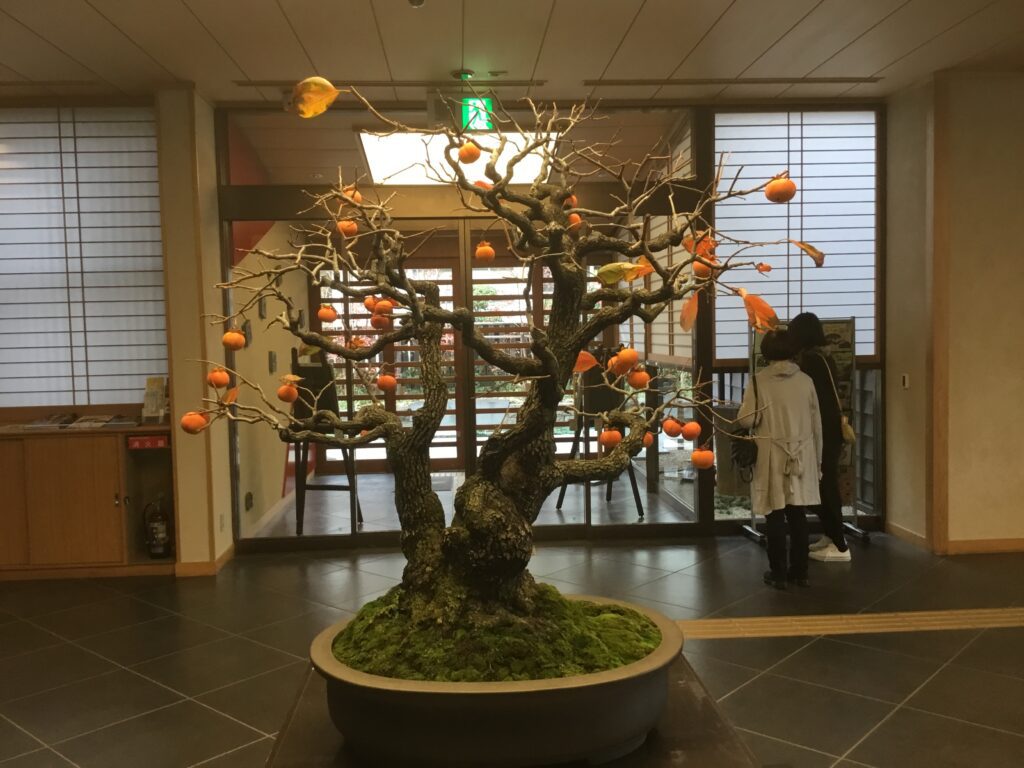
There are two types of Bonsai display circumstances.
One is Bonsai Display in traditional Japanese Rooms called Zashiki-kazari. (Photos prohibited)
During Edo era, these traditional Japanese rooms had taken important roles to entertain guests as hospitality with setting Bonsai on an alcove and various items such as Suiseki-stone and incense burning sets on decorative shelves.
The other is Bonsai Display in garden called Bonsai Garden.
Various types of Bonsai are displayed in a garden considering the harmony between each Bonsai and the garden itself including the actual trees in background.


Actual Bonsai observation: Attached photos are the representative ones seen in the museum which are allowed to be photo taken.
a) This type is called Shohaku Bonsai which is conifers of pines with their growth of deep green foliage. This type of Bonsai is the most popular in Japan.


You can see the trunk bearing up to the tree which is one of the aspect of the Bonsai view. The part of the trunk from the root base to the first branch is called “Tachi-agari”. The tree has spread up and out from the point and those growing up figure show as if a big full-size tree is actually existing here.
You can see the branch partially die with white color through the passage of time.
This is called “Shari”. This kind of white “Shari” create beautiful contrast with green leaves.

b) This type is called “ Zoki Bonsai “ which display a variety of changes according to season progress. This tree is maple with red leaves now in November of autumn.


You can see the root spreading on the tray ground. This spreading root show the powerful vitality of the tree with holding the soil strongly and swelled through many years. Also, the tree has spread up and out from the root and those growing up figure show as if a big full-size tree is actually existing here. Please try to look up at the tree with squatting. Then, you can see the landscape as if a big full-size tree is actually existing here.


Craftsmanship skill of breeding Bonsai:
a) Watering: Primary important task of nurturing Bonsai tree is the daily work of watering. The watering need to be well controlled considering how the tree is health or weakened. The too much watering to weakened tree might cause accelerating the root rot.
b) Pruning: By pruning the unnecessary and overgrown branches, the tree can be shaped well. The pruning need to be carefully executed with imaging the shape cut because if once branches is cut, the shape will never be restored.
c) Wiring: Wiring is applied to create the desired shape of the branches. This is one of the craftsmanship skill well transferred from ancient period.
d) Repotting: Bonsai need to be removed from the pot periodically to keep the soil well and to prevent the root be grown longer to be congested.
After we observed the Bonsai, we felt very impressive of the traditional skill of them and atmosphere of nature given by these Bonsai. You will be surprised that one of famous Bonsai has grown up and survived for more than 1,000 year and others are for 400 ~ 500 years. Those ancient people had started to breed the Bonsai that has survived up to now. We people usually have animal pets. This Bonsai seem to be a plant pets, however the life of the pet is much longer than that of human owner. If you have a chance to visit Japan as private tour, please once observe the Bonsai.
Japan Van prepares various tour itineraries for you to enjoy the view in Japan.
The minimum itinerary days is more than 5 days.
Contents of our service: We can arrange a car and a National Government Licensed Guide Interpreter for your trip.

| Car charter and a guide condition | |
| 1 | Number of tourists: 2pax – 12pax |
| 2 | Charter time and guide condition: 12 hours (including 4 hours resting time) |
